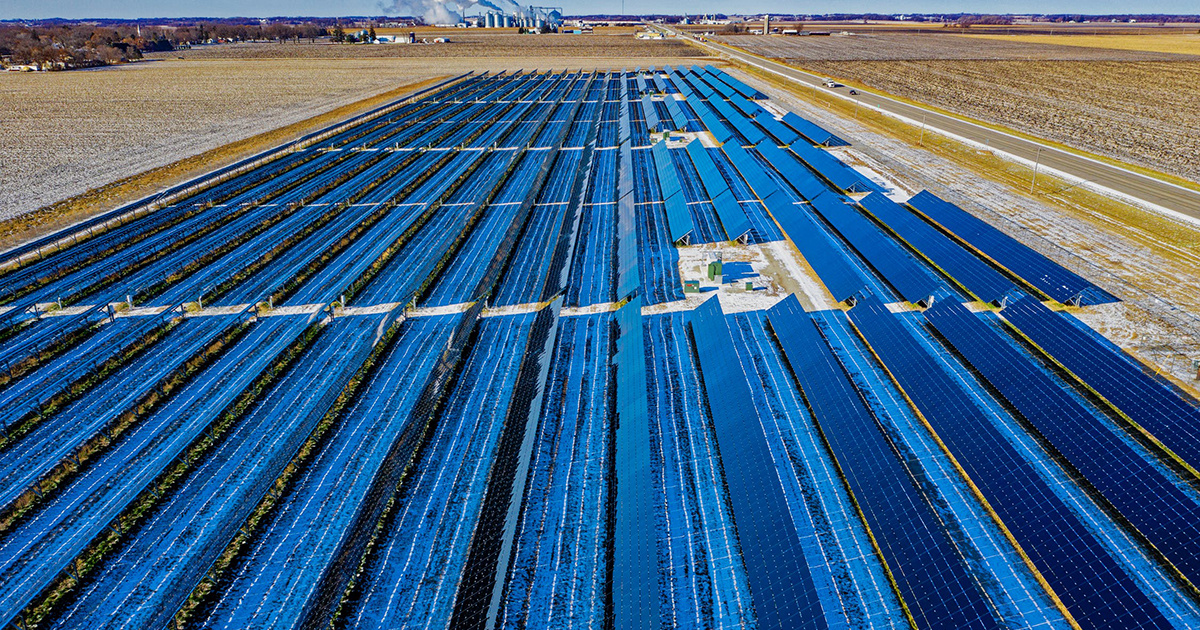
Renewables Beat Coal in the U.S. for the First Time This April

Pexels
Earlier this month, a study found that the U.S. had more capacity installed for renewable energy than coal for the first time.
That potential is now being realized. The U.S. generated more electricity from renewable sources than from coal for the first time ever this April, The Guardian reported Wednesday.
Data from the Energy Information Administration showed that wind, solar and hydroelectric generated nearly 68.5 million megawatt-hours of power in April, while coal only generated 60 million, Bloomberg News reported. That’s 23 percent of total electricity from renewables vs. 20 percent from coal, according to The Guardian.
#TodayInEnergy – U.S. #electricity generation from #renewables surpassed #coal in April 2019 https://t.co/acp6FD4wE9 #windenergy #solar #PV pic.twitter.com/34AHMMutgV
— EIA (@EIAgov) June 26, 2019
“The fate of coal has been sealed, the market has spoken,” University of Texas energy expert Michael Webber told The Guardian. “The trend is irreversible now, the decline of coal is unstoppable despite Donald Trump‘s rhetoric.”
President Trump had promised to boost coal and, under his watch, the U.S. Environmental Protection Agency (EPA) has worked to ease regulations impacting the industry, most recently by replacing the Obama-era Clean Power Plan. Even so, at least 50 coal plants have shut since Trump took office in 2017, The Guardian reported.
Coal, which supplied more electricity than any other fuel source a decade ago, has been losing both to natural gas and to wind and solar farms, Bloomberg News reported. Bloomberg NEF estimates that half the world’s power could come from clean sources by 2050.
Coal will likely pull ahead of renewable sources again, since some coal plants were down for routine maintenance in April, Bloomberg News noted. The Guardian also reported that there was low energy demand this April, as well as an increase in wind power. A report from Fitch said that coal would surpass renewable energy overall through 2028, but the EIA predicts more months in which the renewable sources will pull ahead.
However, as coal declines, some utilities are shifting to gas, also a fossil fuel. Energy companies are planning to build at least 150 new gas plants and thousands of miles of pipelines in the coming years, The New York Times reported.
“Gas infrastructure that’s built today is going to be with us for 30 years,” Rice University Associate Professor of Civil and Environmental Engineering Daniel Cohan told The New York Times. “But if you look at scenarios that take climate change seriously, that say we need to get to net zero emissions by 2050, that’s not going to be compatible with gas plants that don’t capture their carbon.”

 233k
233k  41k
41k  Subscribe
Subscribe 